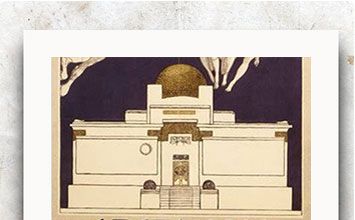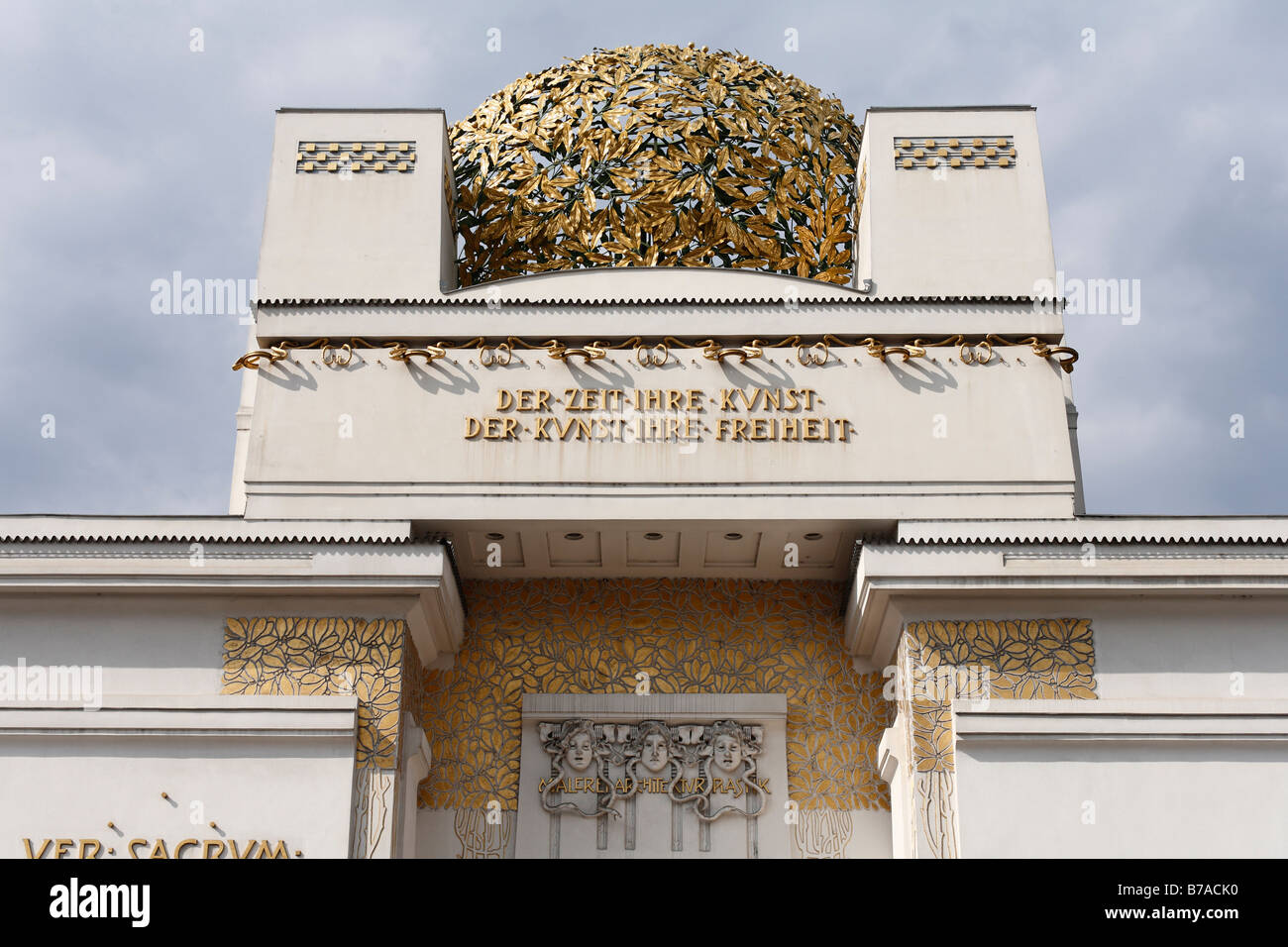

Governed by a desire to move things forward, in 1897 a group of Austrian artists such as Gustav Klimt, Koloman Moser, Egon Schiele, Max Kurzweil, Joseph Maria Olbrich and others resigned from the Association of Austrian Artists, housed in the Vienna Künstlerhaus, and established the Union of Austrian Artists, or Vereinigung Bildender Künstler Österreichs. It was also a time of outstanding contributions to philosophy and literature, all of which reflected on visual arts.

Nevertheless, a certain ambiguity hovered, so the common belief is that the last decades of the 1900s were followed by degeneration and colored with hope of a new beginning. It was marked by the dominance of empires, the birth of the modern nation-states, outstanding scientific achievements and rapid industrialization. In order to understand Vienna Secession properly, it is important to understand the context of the end of the nineteenth century or Fin de siècle, which was a quite a dazzling period. Unified by a new vision, this group of artists, architects and designers introduced new concepts by embracing different influences and in general opened a path for the upcoming wave of Modernism.

It grew out of the revolt of the artists who were eager to question traditional understanding of what art is and what art should be in regards to the society. Some 150 color images and 75 black and white archival illustrations make this a sumptuous and historically engrossing study of a period when Vienna was the centre of the European art world.There are several significant movements which marked the turn of the century, but certainly one of the most prolific ones was the Vienna Secession. The book includes eye-witness accounts of exhibitions, the opening of the Secession building and other events, and the result is a fascinating documentary study of the members of an artistic movement which is much admired today. In other fields, Mahler, Freud and Schnitzler were influencing the avant-garde. Klimt, Kokoschka and Schiele were the leading figures in the fine arts Wagner, Olbrich, Loos and Hoffmann in architecture and the applied arts. Art in Vienna, 1898-1918: Klimt, Kokoschka, Schiele and their Contemporaries, now published in its 4th edition, brilliantly traces the course of this development. Their work shocked a conservative public, but their successive exhibitions, their magazine Ver Sacrum, and their application to the applied arts and architecture soon brought them an enthusiastic following and wealthy patronage. The artistic stagnation of Vienna at the end of the 19th century was rudely shaken by the artists of the Vienna Secession. Both Moser and Hoffmann were influenced by the British Arts and Crafts movement and French Art Nouveau, and along with Gustav Klimt, founded the important art and design movement, Secession, and then went on to to establish the celebrated applied arts collective, the Wiener Werkstatte in 1903. And yet Moser was so prolific at the time that he came to define Vienna’s modern design ethic. While Josef Hoffmann is practically a household name among fans of turn-of-the-century Vienna, his good buddy Koloman Moser (1868-1918) has almost disappeared from view. In design and architectural terms, this usually means the female entity of any duo, as epitomised by the recent foiled attempts to get Denise Scott Brown retroactively recognised by the Pritzker Prize jury for her part in the work of her husband Robert Venturi.īut such a lack of recognition can also happen among friends and peers. Pity the poor under-appreciated side-kick. The often overlooked pioneer of modern design, Koloman Moser, finally gets a New York retrospective Three Women Squatting - Kolman Moser The unsung hero of Secessionist Vienna


 0 kommentar(er)
0 kommentar(er)
